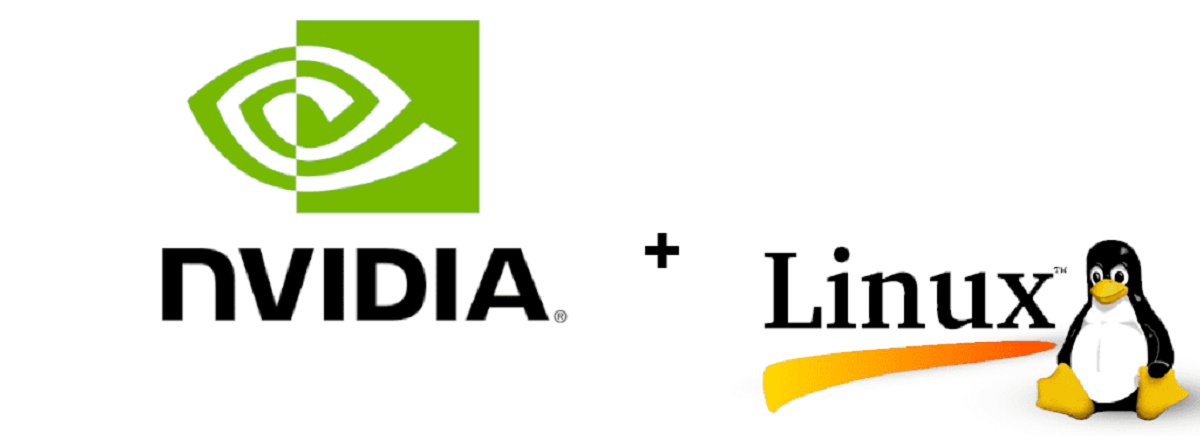
New Nvidia drivers provide vast improvements and higher performance over the open nouveau driver.
The NVIDIA video driver development team recently announced the launch of a new branch of the controller NVIDIA 525.60.11
The source code of the nvidia.ko, nvidia-drm.ko (Direct Rendering Manager), nvidia-modeset.ko, and nvidia-uvm.ko (Unified Video Memory) kernel modules from NVIDIA 525.60.11, as well as the components used in they, not tied to the operating system, published on GitHub.
NVIDIA 525.60.11 Top New Features
In this new version of the NVIDIA 525.60.11 drivers we can find that removed nvidia setup utility so that it is not tied to GTK 2 when compiled from source, and can now be compiled against GTK 2, GTK 3, or GTK 2 and GTK 3.
In addition to this, we can also find that the ability to use the Dynamic Boost mechanism on laptops with AMD CPUs, allowing power consumption to be balanced between the CPU and GPU to improve performance, this also resolved issues using Dynamic Boost on some laptops with Ampere GPUs.
On the other hand, we can also find whate fixed bugs that caused judder when moving windows in GNOME and unable to hibernate on Wayland-based GNOME 3 systems with the NVreg_PreserveVideoMemoryAllocations setting enabled.
Another of the changes that stands out in the new version is that support for the extension was added EGL EGL_MESA_platform_surfaceless, which allows drawing to an area of memory, in addition to that in the nvidia settings panel in the SLI Mosaic settings implements protection against creating screen layouts that are set to a size that exceeds the capabilities of the hardware.
Of the other changes that stand out in this new version:
- The Linux Kernel Open Module Kit provides support for Quadro Sync, Stereo, X11 screen rotation, and YUV 4:2:0 on Turing GPUs.
- Added support for GeForce RTX 30[5789]0 Ti, RTX A500, RTX A[12345]000, T550, GeForce MX550, MX570, GeForce RTX 2050, PG509-210, and GeForce RTX 3050 GPUs.
- Improved performance for applications that use PRIME technology to offload rendering operations to other GPUs (Prime Display Offload).
Finally, if you are interested in learning more about the release of this new version of the drivers, you can consult the details In the following link.
How to install NVIDIA 520.56.06 drivers on Linux?
Note: before carrying out any process it is important that you check the compatibility of this new driver with the configuration of your equipment (system, kernel, linux-headers, Xorg version).
Since if not, you can end up with a black screen and at no time we are responsible for it since it is your decision to do it or not.
For those of you interested in being able to install the Nvidia drivers on your system, the first thing to do is is to go to the official Nvidia website and in its download section they will be able to find the new version of the drivers ready for download.
Once the download is done, it is important that we remember where the file was downloaded, since we will have to stop the graphical user session to install the driver in the system.
To stop the graphical session of the system, for this we must type one of the following commands depending on the manager that we are using and we must execute the following key combination, Ctrl + Alt + F1-F4.
Here we will be asked for our system login credentials, we log in and execute:
LightDM
sudo service lightdm stop
o
sudo /etc/init.d/lightdm stop
GDM
sudo service gdm stop
o
sudo /etc/init.d/gdm stop
MDM
sudo service mdm stop
o
udo /etc/init.d/kdm stop
KDM
sudo service kdm stop
o
sudo /etc/init.d/mdm stop
Now we must position ourselves in the folder where the file was downloaded and We give execution permissions with:
sudo chmod + x nvidia * .run
Y finally we must run the installer with:
sudo sh nvidia-linux * .run
At the end of the installation we must re-enable the session with:
LightDM
sudo service lightdm start
o
sudo /etc/init.d/lightdm start
GDM
sudo service gdm start
o
sudo /etc/init.d/gdm start
MDM
sudo service mdm start
o
sudo /etc/init.d/kdm start
KDM
sudo service kdm start
o
sudo /etc/init.d/mdm start
You can also choose to restart the computer so that the new changes and the driver are loaded and executed at system startup.